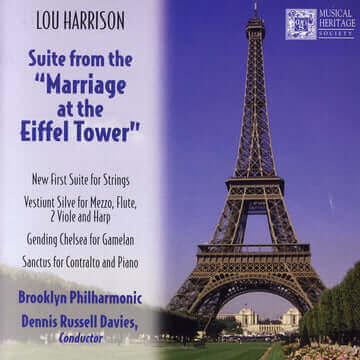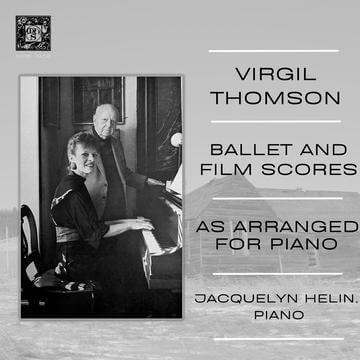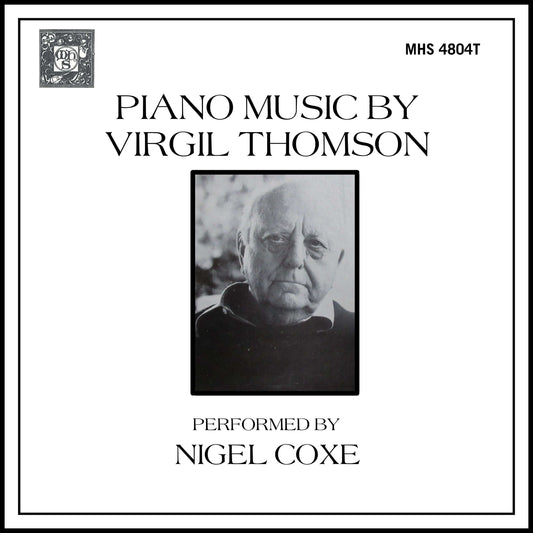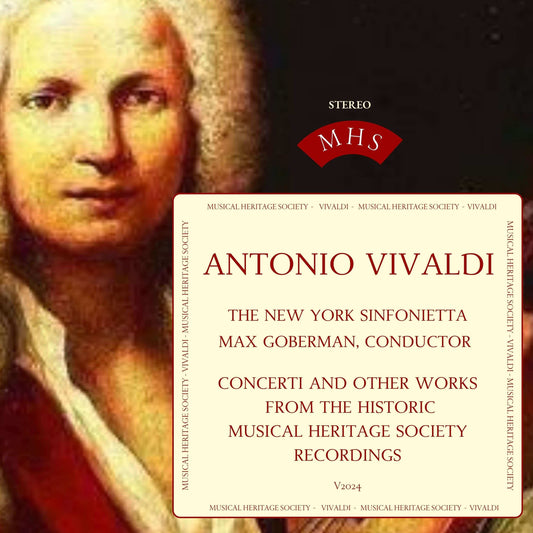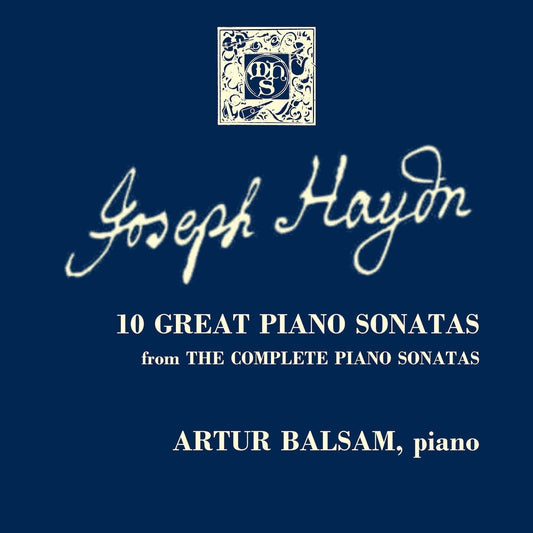Collection: VIRGIL THOMSON (1896 – 1989)
Born in Kansas City, Missouri, Thomson showed early musical talent. His upbringing exposed him to Baptist hymns, a sound that would profoundly shape his compositional language. He attended Harvard University, where his studies were interrupted by service in World War I. A fellowship allowed him to travel to Paris in 1921, where he studied briefly with the renowned pedagogue Nadia Boulanger but found a more profound connection with Erik Satie, whose irreverent simplicity resonated deeply. Most importantly, Paris facilitated his meeting and subsequent lifelong friendship with the experimental writer Gertrude Stein.
Thomson lived primarily in Paris from 1925 until 1940. During this period, immersed in the vibrant artistic milieu that included figures like Cocteau, Picasso, and members of "Les Six," he solidified his compositional voice. His style eschewed dense chromaticism and rhythmic complexity in favor of diatonic harmonies, clear textures, and melodies often inspired by American folk music and Protestant hymns. This period saw the creation of his most famous and groundbreaking works: his collaborations with Gertrude Stein.
Their first opera, Four Saints in Three Acts (1928, premiered 1934), was a sensation. With Stein's famously non-linear, seemingly nonsensical libretto depicting Spanish saints, and Thomson's deceptively simple, hymn-like score performed by an all-Black cast, the opera baffled and delighted audiences. It defied conventional narrative and operatic structure, creating a unique theatrical experience through sound, rhythm, and suggestion. Their second opera, The Mother of Us All (1947), centered on the life of suffragist Susan B. Anthony, proved more accessible but retained Stein's unique linguistic style and Thomson's characteristic musical clarity and use of American idioms.
Beyond the Stein operas, Thomson was a prolific composer across genres. He developed a unique form he called "musical portraits," short instrumental pieces capturing the essence of friends and acquaintances, composing over 140 of them throughout his life. He also achieved significant success composing scores for documentary films, notably Pare Lorentz's The Plow That Broke the Plains (1936) and The River (1938), and Robert Flaherty's Louisiana Story (1948). For the latter, Thomson won the Pulitzer Prize for Music, marking the only time the prize has been awarded for a film score. These scores skillfully integrated folk tunes and original material to evoke specific American landscapes and themes.
In 1940, with the outbreak of World War II in Europe, Thomson returned permanently to the United States and embarked on a second major career. He became the chief music critic for the influential New York Herald Tribune, a position he held until 1954. His criticism was marked by lucid prose, strong opinions, deep knowledge, and often acerbic wit. He championed American composers and contemporary music while offering pointed, sometimes controversial, assessments of performers and canonical works. His critical writings remain highly regarded for their insight and distinctive voice.
After leaving the Herald Tribune, Thomson continued to compose, lecture, and conduct, remaining an active figure in American musical life well into his later years. He resided for decades at the famed Chelsea Hotel in New York City. Virgil Thomson died in New York in 1989 at the age of 92. His legacy endures through his pioneering operas, evocative film scores, unique musical portraits, and influential critical writings, securing his place as a singular and essential voice in 20th-century American culture.


